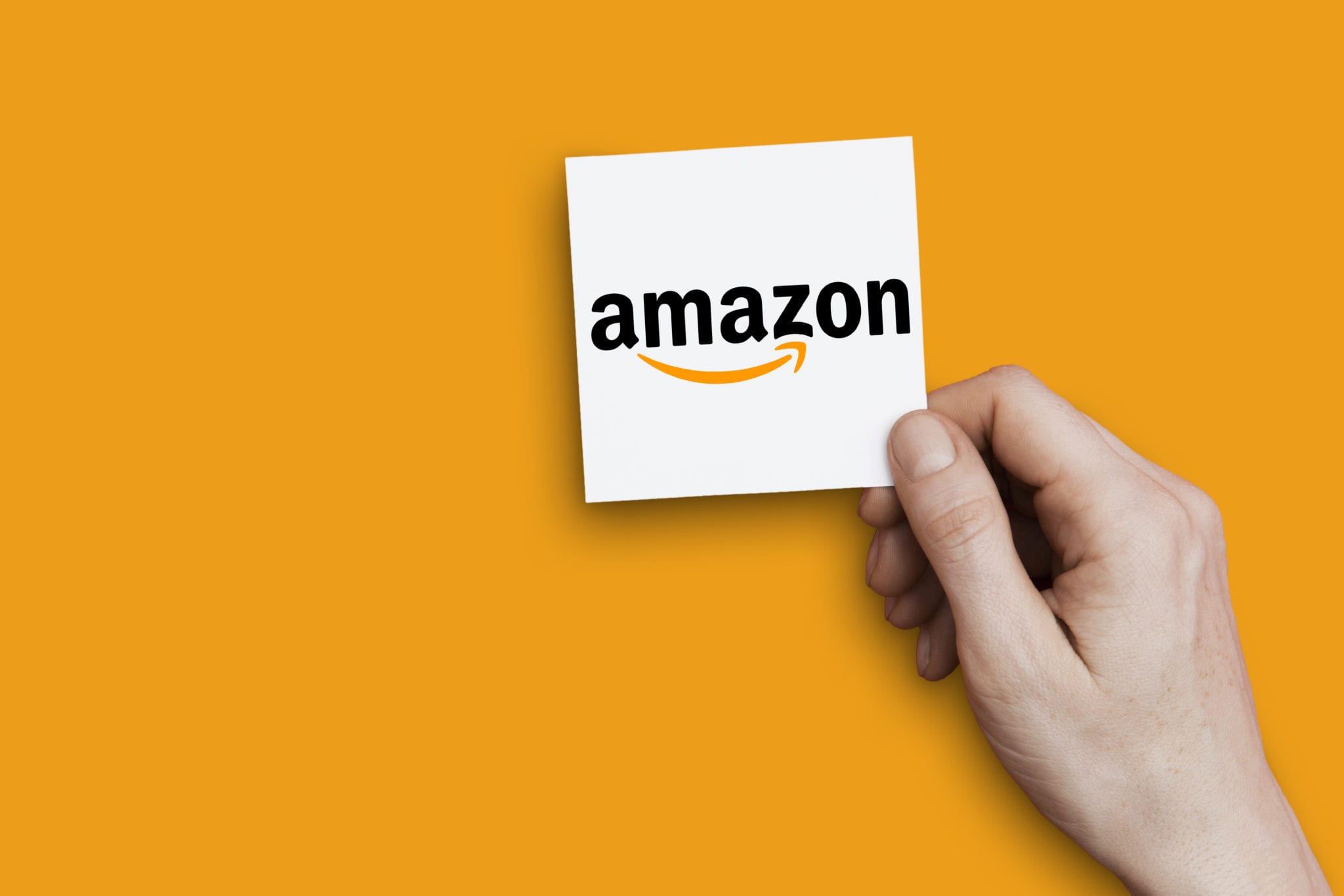Did you know that 90% of UK shoppers use Amazon? Three top marketplace trends for 2020
Recent research discovered that 90% of UK shoppers use Amazon with over 40% accessing its Prime subscription service. On top of this staggering stat, one-fifth of Amazon shoppers use the service once a week. Yet the dominance of marketplace shopping extends far beyond Amazon. Last year, $1.66 trillion was spent globally on the top 100 online marketplaces. But it’s not just sales volume that’s exciting about online marketplaces. They are a hotbed of innovation and leading e-commerce best practices across all markets.
Here are three trends we’ve identified as key areas to watch in 2020.
The Rise of Ethical Shopping
Buying second hand or off-price goods on marketplaces is certainly not a new concept. Everyone remembers the famous story of eBay’s early days and their sale on AuctionWeb of a broken laser pointer for $14.83. From charity shops to Facebook Marketplace, it’s never been easier to bargain hunt second hand items. In the age of Greta Thunberg and documentaries by David Attenborough, many consumers are increasingly conscious of their consumption and looking for more ethical ways to consume. In fact research shows that 64% of women are happy buying pre-owned clothes. And this is set to rise with national shopping days like Second Hand Wardrobe Day (25th August).
It’s Not Just About Products
We are all used to shopping on product-focused marketplaces like Amazon, eBay and Zalando. And we’re comfortable using services focused marketplaces like Airbnb and Uber. 2020 will see more marketplaces combine functionality to offer complementary services alongside products.
If you purchase a TV on Amazon, you can now buy, schedule and complete service bookings directly on Amazon itself. According to Amazon they only select the highest rated providers in your area and show you reviews from verified customers. A great way to remove the final barriers to purchase that may be concerning customers worried about installing goods in their home. Additionally, it’s a key way for electrical or DIY brands and retailers to stand out.
And it’s not just electrical retailers who can benefit. Beauty brands can offer free colour consultations or take a leaf out of Debenhams book and acquire a stake in beauty services providers like Blow who offer blow dries, manicures and other treatments in specialised pop-up bars in store. Sports brands could offer trainer fitting services for those looking for that extra value add. The opportunity is huge. We hope to see more brands and retailers leveraging the services economy to bolster their product offering.
Curated Marketplaces
Specialised, curated, cultivated, niche … a new vocabulary has emerged to describe the rise of vertical-specific marketplaces which are providing shoppers with an enriched shopping destination. At a time when generalist behemoths seem to be capturing the lion’s share, the industry is responding with specialised retail offerings designed to persuade shoppers that bigger isn’t always better.
From Yumbles (Indie food), to Cosmetics Megastore or FeelUnique (beauty) or Colizey (French sports destination) – It can be hard to keep up with the exciting number of marketplaces focused on curated offerings. In these cases price isn’t always the deciding purchase factor. Customers expect to see advice, inspiration, rich product information (including video content) and detailed customer reviews. It will be exciting to see how niche marketplaces impact the evolution of buying and customer behaviour.


